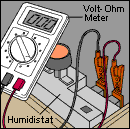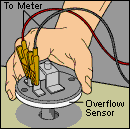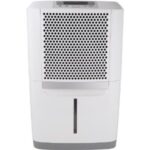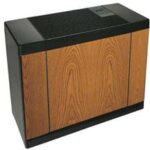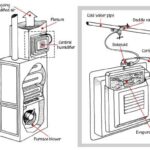Expert advice on what relative humidity is, how humidity affects your comfort, and ways to humidify or dehumidify to control humidity.
Although we often think of home comfort as being a factor of the temperature in a house, it is also directly related to a home’s interior relative humidity. This stated, few people understand relative humidity.
Here we look at what relative humidity is and why it’s important. This article will also show you how to maintain relative humidity that is comfortable.
What Is Relative Humidity?
No matter the time of year or season, the air is always holding water. The percentage of water vapor in the air is what we refer to as relative humidity. When that percentage is very high, the air is considered to be humid. When it’s low, the air is dry.
High humidity usually causes people to feel overly hot and uncomfortable. This is because perspiration has a harder time evaporating from the body when the air is already filled with moisture. A fan improves comfort because, by moving the air, it increases evaporation.
With low humidity, the air is very dry, which can feel cold during winter months.
In general, the percentage of airborne humidity is not directly related to how hot or cold it is outside. If it’s 75 degrees outside with 0% humidity, it will feel much cooler than it feels at 75 degrees with 100% humidity. Warm air can achieve a higher concentration of humidity than cold air.
Humans are typically comfortable when the air is somewhere between 30 and 60% humidity. This is very important to keep in mind when it comes to home comfort.
Your Comfort and Relative Humidity
If you’re feeling very warm and uncomfortable as though the air is wet, then this could be a sign that your HVAC system is allowing too much humidity to stay in the air. On the other hand, if the air in your home feels uncomfortably dry, then your humidity might be causing this problem because it is below 25%.
There are many other problems that can stem from the humidity being off balance in your home.
Allergens and mold prosper when the humidity is high and may cause problems for those affected by seasonal allergies. When the humidity is too low, asthma, allergies, and eczema can be aggravated as the dry air begins to affect nasal passages and dry out allergens, making them airborne.
Low humidity and dry air can also make you susceptible to colds and coughs as your nasal passages dry out and lose some of their ability to trap viruses and bacteria.
Relative Humidity in Your Home
If you have too much humidity in your home, you’ll likely see the signs as mold or an excess of condensation on your windows. When this high humidity continues for long periods of time, rot can cause structural damage to your home.
Humidity too high. If you’re experiencing high humidity we recommend calling a professional to help solve his problem right away. Letting it go can be very damaging to your home.
Humidity too low. If your home has levels of humidity that are too low, it can have a variety of problems as well. Low levels can cause issues with wood structures in your house. Wood furniture and floors, devoid of moisture, can shrink, causing warping. Wood drawers may stick.
Additionally, with very low humidity, wallpaper can start to peel off the wall. Like high humidity, low humidity problems should be taken seriously.
How to Combat Humidity Problems
Finding that sweet spot for your homes relative humidity is important not just for your own comfort but for the structure as well. If you think your air is too dry or moist, then one of the first steps you should take is to install an indoor humidity meter. This will allow you to put numbers to your comfort level.
Once you’ve done this, you can add individual humidifier units to rooms if the humidity is too low. Or you can use dehumidifiers if humidity is too high.
If this problem seems to be a constant struggle, and you’d rather not have to dump or add water to humidifiers or dehumidifiers, an HVAC professional can install a permanent humidifying appliance into your system.
Remember that the relative humidity changes with the temperature so it’s important to choose a solution that takes this into account. You don’t want too much humidity in your home during the dead of winter as you’d hate to take too much away during the summer.
With a little extra knowledge you’ll be able to create a comfortable home for you and your family.
Author Bio
Danielle Marsh is a content developer for RSC Heating and Air Conditioning, a full-service HVAC contractor in Lancaster, Pennsylvania. She enjoys spending her free time with family and appreciating the beauty of Lancaster County.


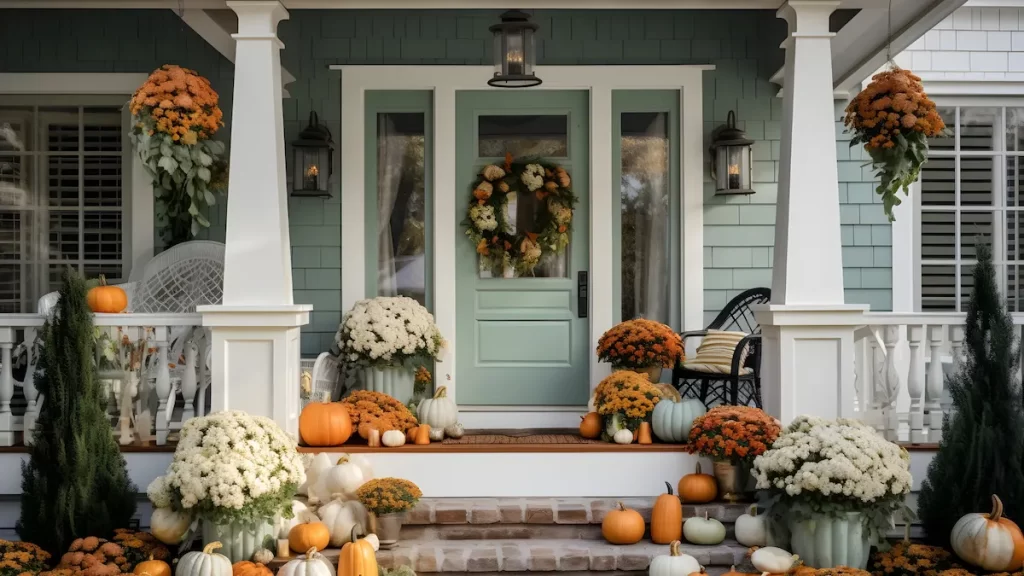


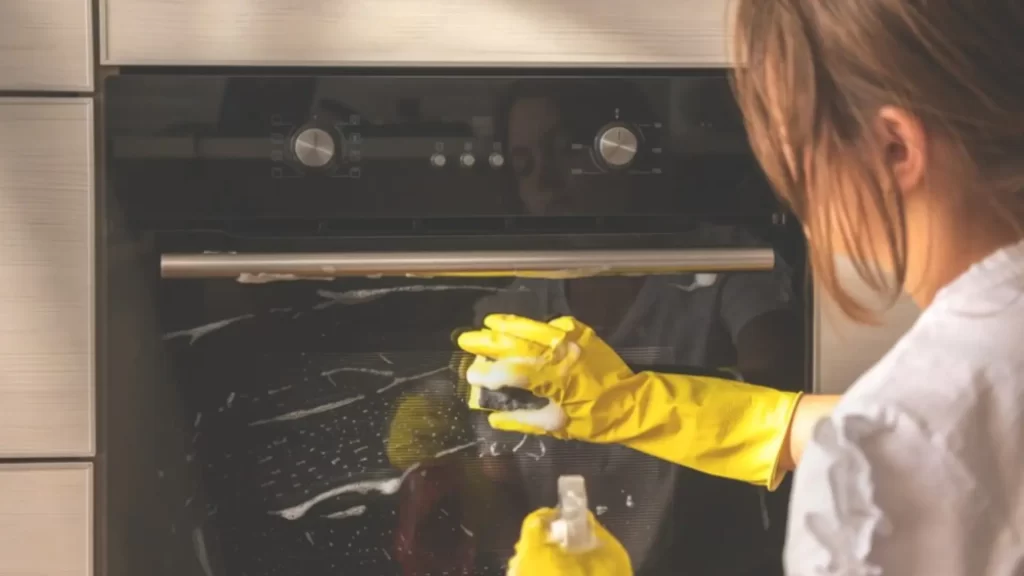
 Don Vandervort writes or edits every article at HomeTips. Don has:
Don Vandervort writes or edits every article at HomeTips. Don has:
